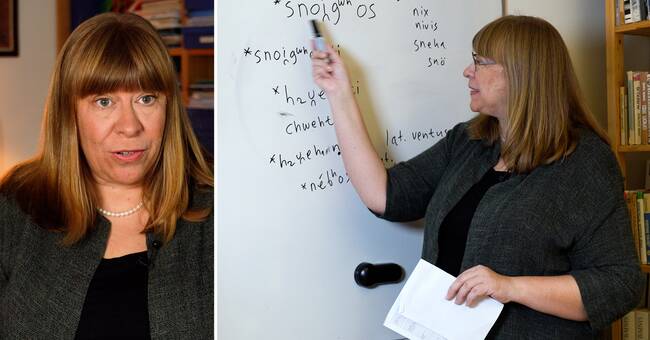The Indo-European languages can be traced back to 5,000 years ago.
Now archaeologists, linguists, geneticists and religious historians have joined forces to try to get an answer to one of science's biggest unsolved riddles.
- If we are ever to be able to link this language to a specific time and place, we need each other and that is why we have now joined forces from different research fields, says Jenny Larsson who is the leader of the research project LAMP, Languages and Myths of Prehistory.
Today, about half of the world's population speaks an Indo-European language.
But there is no exact knowledge of how these languages spread and came into being.
With new DNA technology, new doors have been opened and now they hope to solve the mystery.
- It's a bit of a hunt to try to find traces of the people who once spoke the language, says Jenny Larsson.
Can be recognized today
Part of the prehistoric vocabulary we can actually recognize in today's words and phrases.
- For example, the prehistoric word for sun, a word that you can almost hear that it is related to today's Indo-European language, says Jenny Larsson.
The research project called "LAMP" will run for a total of six years and with the research it is hoped to provide a more detailed picture of prehistoric languages and cultures.
- It is not about learning to converse in this language, but about trying to understand more about how these languages are connected and why we speak as we do.
In the video, you hear how it may have sounded when talking about weather 5000 years ago.

